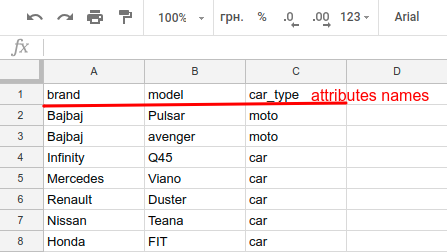Seeding is a process when you automatically fill in a database with data. What's the business idea of this? Imagine that you have a lot of databases, and you have to fill each of them with your common initial data. It takes too much time resources to do it manually. Create Initial dump is not a good idea, because it is not agile. Seeding is a very helpful tool in this case.
Using SeedBank we can separate logic for production and development environments.
db/
└── seeds/
├── development/
| └── *.seeds.rb
├── production/
| └── *.seeds.rb
├── seeds.rb
└── modules/Now you can run seeds in the scope of your environment; it's also a good idea to move common logic to modules and to include them to seeds files.
Commonly for populating development DB we use Faker gem because in this case, we may ignore the data integrity.
10.times do
User.create(name: Faker::FunnyName.two_word_name, email: Faker::Internet.email, password: 'password')
end
10.times do
category = Category.create(name: Faker::Coffee.variety)
5.times do
category.tags << Tag.create(name: Faker::Cat.name)
end
end
100.times do
Post.create!(title: Faker::Lorem.sentence, body: Faker::Lorem.paragraph)
endFor production mode you need real data, we store them in CSV files on Google Docs and follow common structure for them
In a Header, we write attributes names, and each row is an object with attribute values. In this case, it is really easy to add, remove or change data.
def categories
file = 'path_to_categories_csv'
Category.create(extracted_params(file))
end
def brands
file = 'path_to_brands_csv'
Brand.create(extracted_params(file))
endAnd inside of our extracted_params method we will parse CSV and create an array with params.
def extracted_params(file)
parsed_csv(file).map { |row| row.to_h }
end
def parsed_csv(file)
data_csv = URI.open(file).read
CSV.parse(data_csv, headers: true)
endNow we have DB with all the necessary data.
SeedBank - Seedbank gives your seed data a little structure. Create seeds for each environment, share seeds between environments and specify dependencies to load your seeds in order.
Faker gem - A library for generating fake data such as names, addresses, and phone numbers
Seed Dump - It allows you to create seed data files from the existing data in your database
seed-fu - Advanced seed data handling for Rails, combining the best practices of several methods together
rails-multi-environment-seeding is Copyright © 2015-2019 Codica. It is released under the MIT License.
We love open source software! See our other projects or hire us to design, develop, and grow your product.

